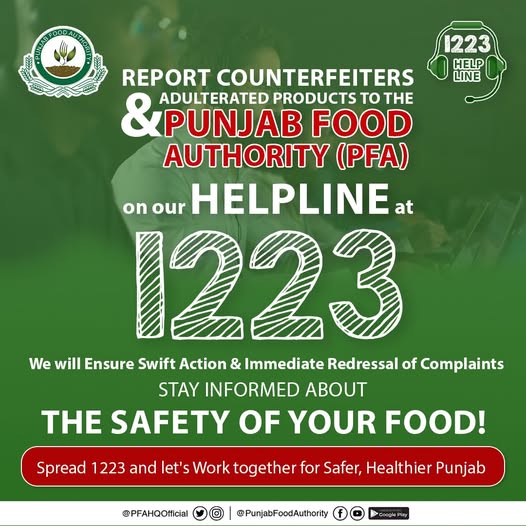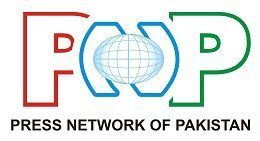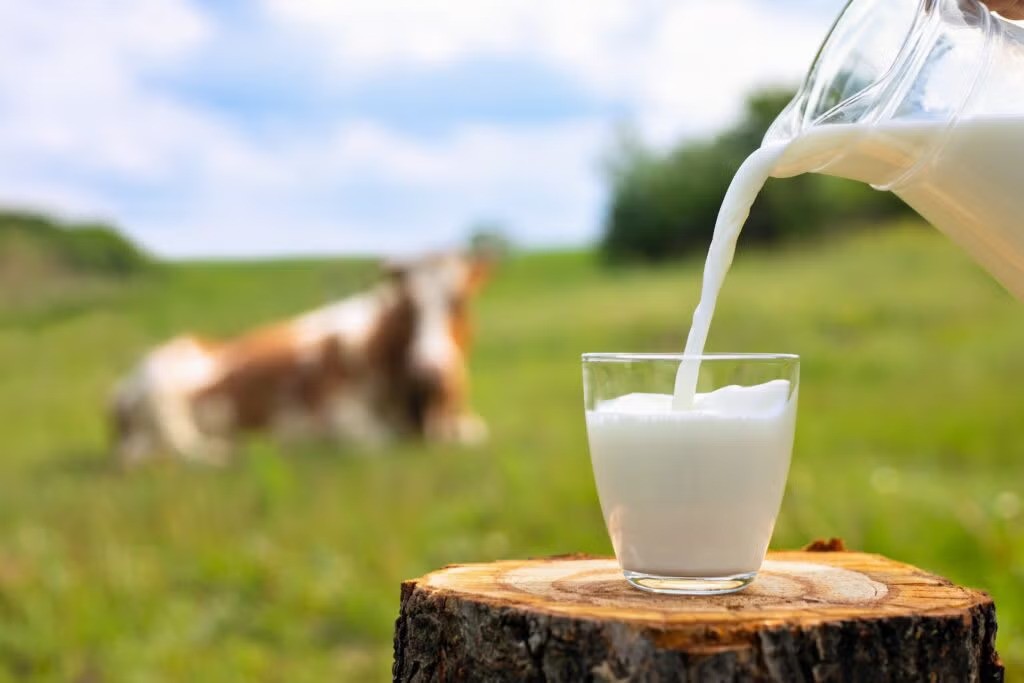In recent weeks, the Punjab Food Authority (PFA) has launched a rigorous crackdown against milk adulteration across major cities of Punjab, including Lahore, Faisalabad, Multan, and Rawalpindi. Thousands of liters of impure milk have been confiscated, and dozens of dairy shops have faced strict action. This campaign aims to safeguard public health and raise awareness among citizens about the dangers of adulterated milk — a silent health threat that affects millions every day.
Milk is one of the most consumed household essentials in Pakistan. However, adulteration with water, chemicals, detergents, urea, and synthetic milk poses severe risks to human health, especially children and the elderly. While government action is vital, consumer awareness and vigilance are equally crucial in identifying impure milk and ensuring family safety.
This detailed guide explains how to identify pure milk from adulterated milk through easy home-based methods, along with key indicators and public safety advice inspired by the PFA’s ongoing efforts.
Understanding Milk Adulteration
Milk adulteration refers to the act of mixing or diluting pure milk with foreign substances — either to increase volume for profit or to mimic natural milk’s look and taste artificially. Common adulterants include:
-
Water: Dilutes nutrients, reducing milk’s natural thickness and taste.
-
Detergents: Added to create foam and mimic creaminess.
-
Urea: Used to increase the protein content artificially.
-
Formalin or Hydrogen Peroxide: Added to prolong shelf life.
-
Starch or Flour: Mixed to thicken diluted milk.
-
Synthetic milk: Made from chemicals, oil, and detergent — entirely fake and toxic.
According to the Punjab Food Authority, even a small amount of these chemicals can cause stomach disorders, food poisoning, kidney problems, and long-term liver damage.
The Physical Difference Between Pure and Adulterated Milk
1. Color and Appearance
-
Pure Milk: Has a natural white color with a slight yellowish or creamy tint due to the presence of healthy fats.
-
Adulterated Milk: Appears excessively white or bluish, often indicating dilution with water or synthetic agents.
2. Texture and Consistency
-
Pure Milk: Thick, smooth, and leaves a light cream layer on top after boiling.
-
Adulterated Milk: Thin, watery, and often fails to produce cream. Detergent or starch-mixed milk may feel sticky or soapy.
3. Smell and Taste
-
Pure Milk: Has a mild, pleasant, and slightly sweet aroma.
-
Adulterated Milk: Gives off a sour, chemical, or soapy smell. The taste might be bitter or unusually sweet depending on the adulterant.
Simple Home Tests to Detect Adulteration
You don’t need a lab to check your milk. Here are easy and effective home tests recommended by food experts and inspired by the Punjab Food Authority’s public safety campaigns:
1. Water Test
-
Drop a little milk on a smooth surface like a glass or mirror.
-
If it flows quickly without leaving a white trail, water has been added.
-
Pure milk leaves a white mark or trail as it flows slowly due to its higher density.
2. Starch Test
-
Boil 2 tablespoons of milk and let it cool.
-
Add a few drops of iodine solution (available in medical stores).
-
If the milk turns blue, it contains starch. Pure milk shows no color change.
3. Detergent Test
-
Take 5 ml of milk and shake it in a bottle or test tube.
-
Formation of excess foam indicates the presence of detergent or soap.
-
Pure milk produces minimal foam.
4. Urea Test
-
Mix half a tablespoon of milk with soybean or arhar powder.
-
After 5 minutes, dip a red litmus paper into the mixture.
-
If it turns blue, urea is present — a clear sign of adulteration.
5. Synthetic Milk Test
-
When heated, synthetic milk gives off a soapy smell and forms an irritating froth.
-
It also tastes bitter and may not curdle when lemon juice or vinegar is added — unlike pure milk.
6. Formalin Test (only if chemical test kits are available)
-
Add 2 drops of formalin to 10 ml of milk in a test tube.
-
If a blue ring forms at the top after shaking, formalin is present.
-
This chemical is extremely toxic and can cause serious health damage.
Public Health Risks of Adulterated Milk
Adulterated milk is not just impure — it is a slow poison. According to public health experts, regular consumption can lead to:
-
Digestive disorders such as diarrhea, vomiting, and stomach cramps.
-
Kidney and liver damage from chemical exposure.
-
Weak immune system due to reduced nutrients.
-
Hormonal imbalance and developmental problems in children.
-
Increased risk of cancer with long-term consumption of formalin or urea-contaminated milk.
The Punjab Food Authority continues to educate citizens that milk adulteration is not merely a quality issue — it is a public health emergency.
Punjab Food Authority’s Role and Public Cooperation

Under the leadership of the PFA, mobile laboratories and surprise raids are being conducted across Punjab. Advanced milk testing vans are equipped with chemical analyzers to detect contamination on the spot. The authority has also set up a toll-free helpline (1223) where citizens can report suspicious milk suppliers or vendors. Public cooperation is essential.
The crackdown will be sustainable only when consumers become more conscious and responsible in choosing their milk sources. Buying from trusted dairy farms, branded suppliers, or PFA-certified shops can greatly reduce the risk of adulteration.
Tips to Ensure Milk Purity for Your Family
-
Buy from verified sources: Prefer brands or vendors known for quality testing.
-
Boil milk before use: Boiling kills bacteria and helps detect impurities.
-
Check packaging and expiry dates: Avoid unsealed or unlabelled products.
-
Store properly: Refrigerate milk immediately to prevent bacterial growth.
-
Encourage local testing: Ask your local dairy shop if they’ve been tested by PFA.
Conclusion: A Shared Responsibility
The Punjab Food Authority’s ongoing crackdown is a strong message to all who endanger public health for profit. But laws alone cannot solve the issue. It requires citizen awareness, vigilance, and cooperation to eliminate adulteration from our food system.
By learning simple identification methods and supporting responsible dairy practices, every consumer can play a part in ensuring safe, pure, and healthy milk for all Pakistanis.
Together, we can build an Adulteration-Free Pakistan — one glass of pure milk at a time.



